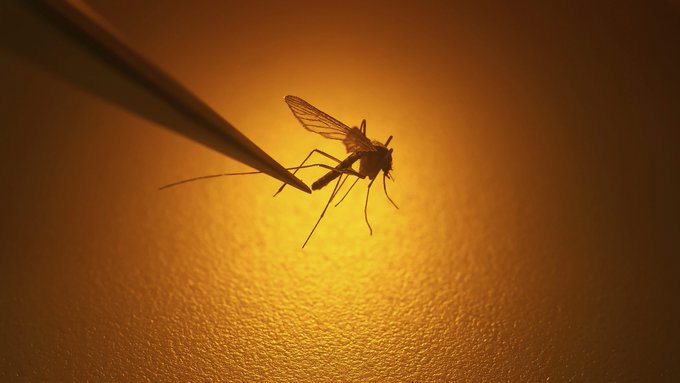In a development that has drawn the attention of both scientists and the public, fragments of the West Nile virus (WNV) have been detected in mosquitoes collected in the United Kingdom for the first time. This discovery, announced in May 2025 by the UK Health Security Agency (UKHSA) and the Animal and Plant Health Agency (APHA), marks a significant milestone in the country’s ongoing surveillance of mosquito-borne diseases. Despite the headline-grabbing nature of this finding, health authorities have emphasized that the risk to the general public remains very low, and there is currently no evidence of an outbreak or ongoing transmission within the UK.
The Discovery: How Was West Nile Virus Found?
The detection occurred as part of a long-term research initiative by the UKHSA and APHA, which involves testing both birds and mosquitoes for evidence of mosquito-borne viruses. In July 2023, two pools of Aedes vexans mosquitoes—each pool containing ten mosquitoes—collected from wetlands along the River Idle in Gamston, Nottinghamshire, tested positive for fragments of the WNV genome using PCR techniques. Out of 200 pools tested from the same site, only these two were positive, and all other samples from across England, including an additional 30,000 mosquitoes and 300 birds, were negative for the virus.
This isolated finding suggests that the presence of WNV is extremely limited, with no evidence of ongoing circulation in local mosquito or bird populations. The Aedes vexans mosquito is native to the UK and, while it can be found at low densities across the country, it only occasionally reaches high densities in certain summer-flooded river landscapes. Importantly, the primary “bridge vector” for WNV transmission to humans, Culex modestus, has not been found as far north as Nottinghamshire, and all tested samples of this species in England were negative for the virus.
Understanding West Nile Virus
West Nile virus is primarily a bird disease, maintained in nature through a cycle involving birds and mosquitoes. Occasionally, mosquitoes that have bitten infected birds can transmit the virus to humans and horses. In humans, about 80% of infections are asymptomatic. Around 20% may experience mild, flu-like symptoms such as fever, headache, and body aches. Less than 1% of cases develop severe neurological complications, including encephalitis or meningitis, which can be life-threatening, particularly for the elderly or immunocompromised individuals.
There is currently no licensed vaccine for humans, and treatment is mainly supportive. The main risk for UK residents remains travel to areas where WNV is endemic, such as parts of southern and eastern Europe, Africa, and North America.
Public Health Response and Risk Assessment
Upon detection of WNV fragments, the UKHSA and APHA moved quickly to enhance disease surveillance and control measures in the affected area. Healthcare professionals have been advised to test patients with unexplained encephalitis for WNV as a precaution. However, officials stress that there is no evidence of ongoing transmission in the UK, and no locally acquired human or animal cases have been reported to date.
The overall risk to the general public is assessed as “very low.” For those living, working, or spending time in areas with higher densities of biting mosquitoes, the risk is considered “low,” but still not significant. Experts point out that the detection is not unexpected, given the virus’s growing prevalence across Europe and the northward expansion of mosquito habitats due to climate change.
Climate Change and Future Outlook
The emergence of WNV in UK mosquitoes is seen as part of a broader trend, with climate change enabling mosquito-borne diseases to expand into new regions. Warmer temperatures and changes in land use can create more suitable habitats for mosquitoes, increasing the likelihood of sporadic introductions of viruses like WNV. While the current risk remains low, authorities are maintaining vigilance through ongoing surveillance, public awareness campaigns, and contingency planning for any future outbreaks.
Conclusion
The detection of West Nile virus in UK mosquitoes is a noteworthy scientific event but not a cause for public alarm. With no evidence of human or animal cases and only isolated findings in mosquito populations, the immediate threat is minimal. The UK’s robust surveillance systems and rapid response protocols are designed to ensure that any potential risks are identified and managed promptly. As the climate continues to change, such findings may become more common, highlighting the importance of continued vigilance and adaptation in public health strategies.

